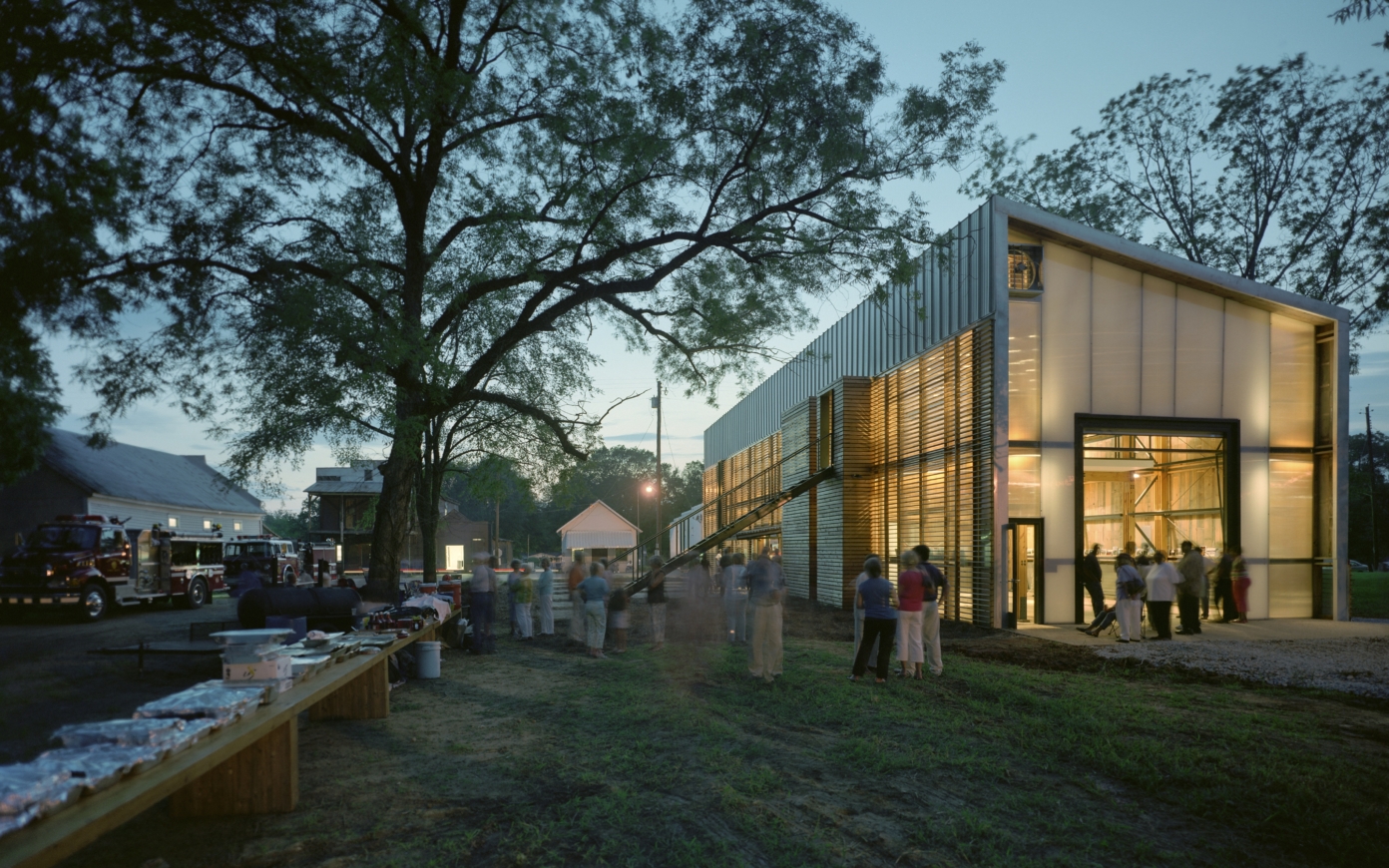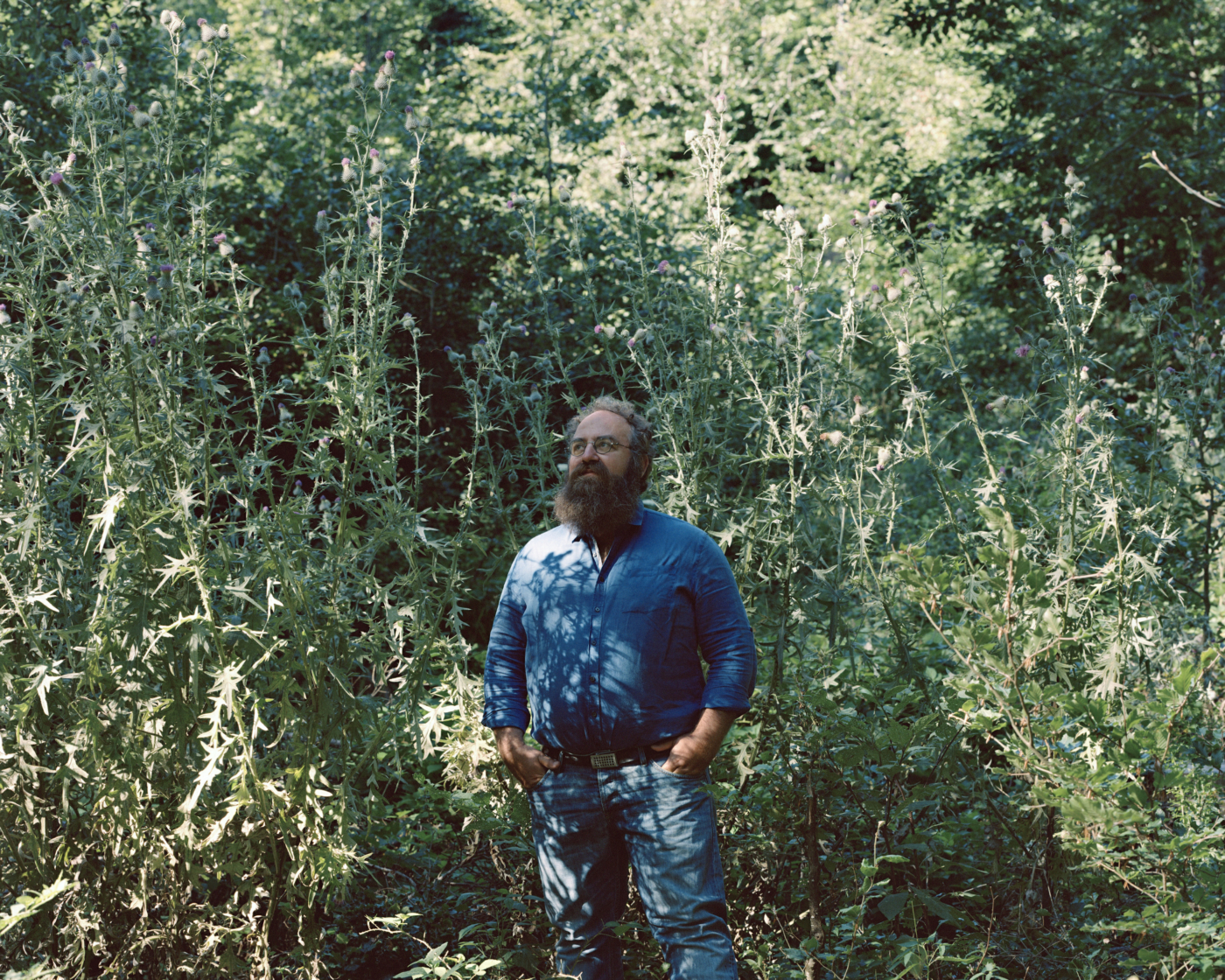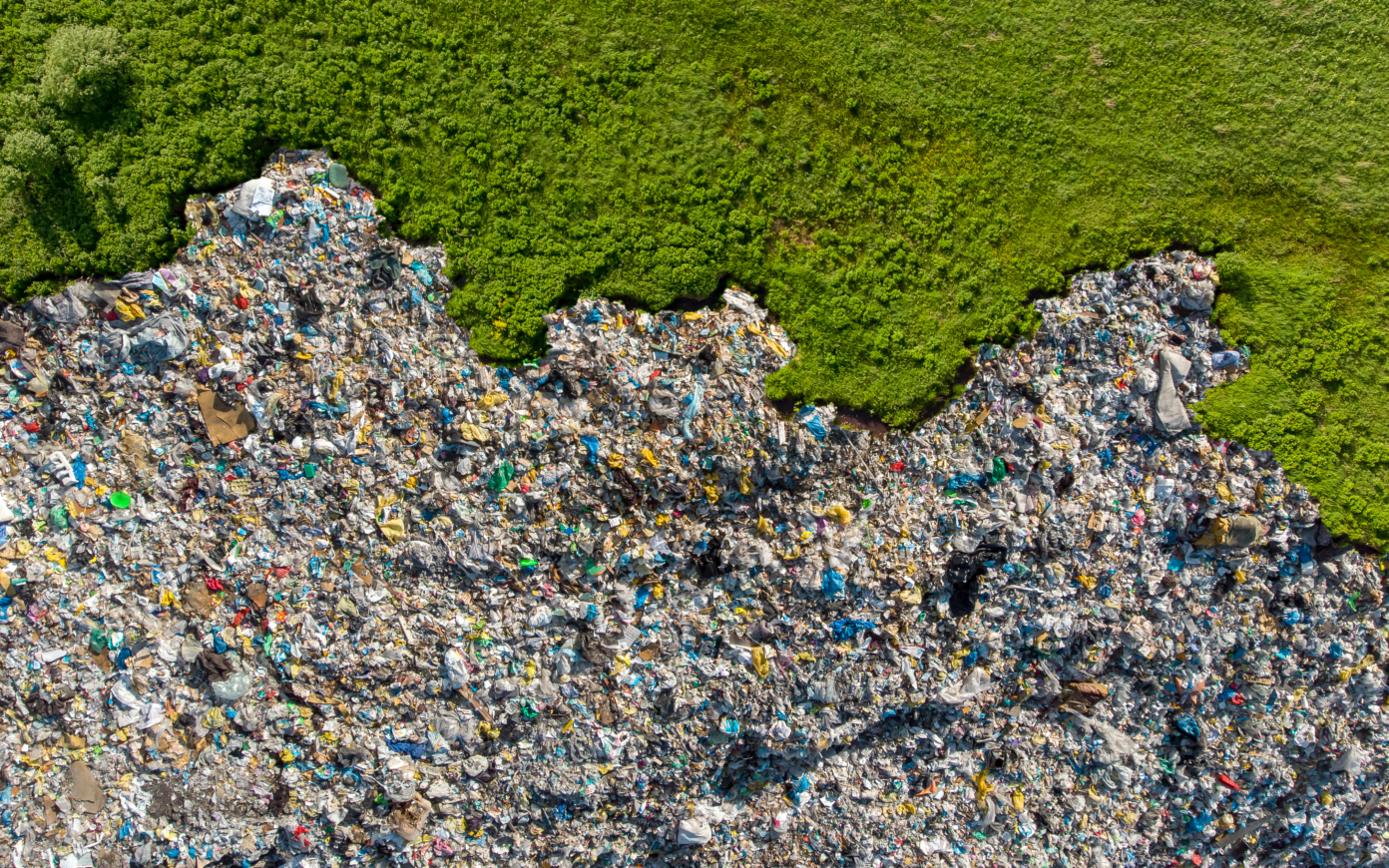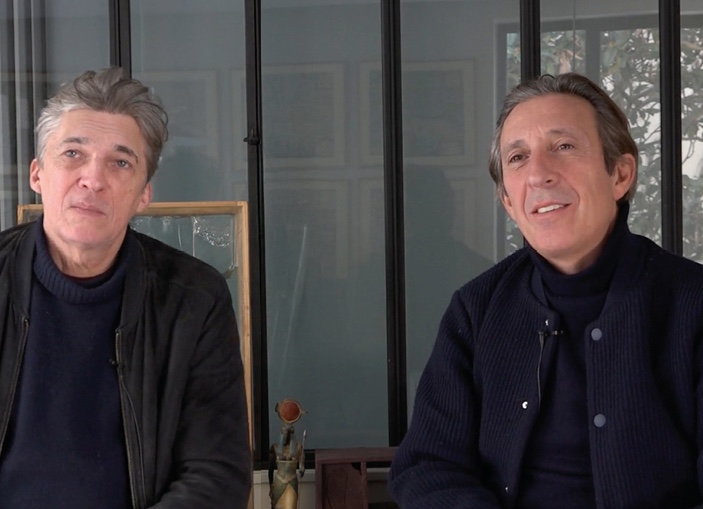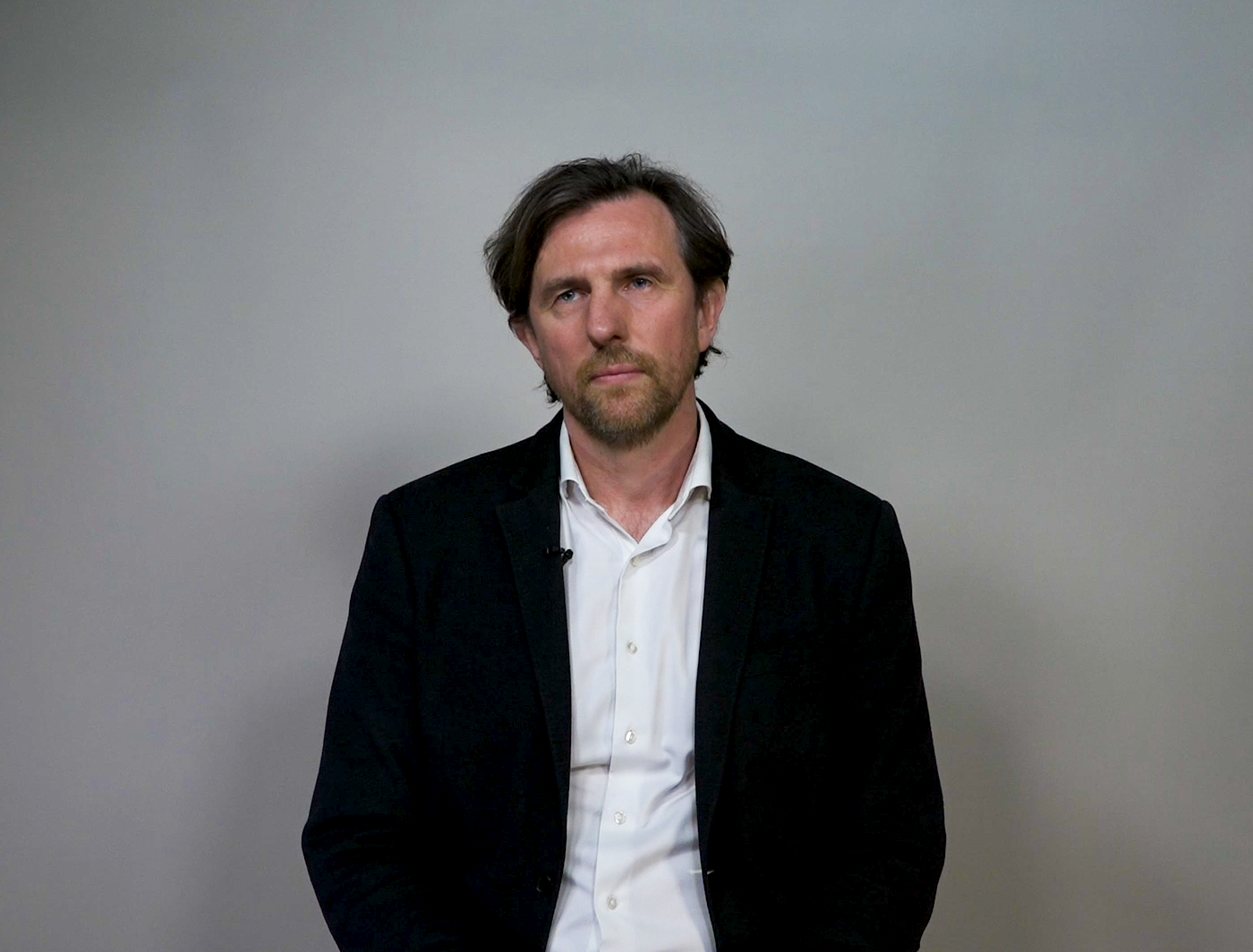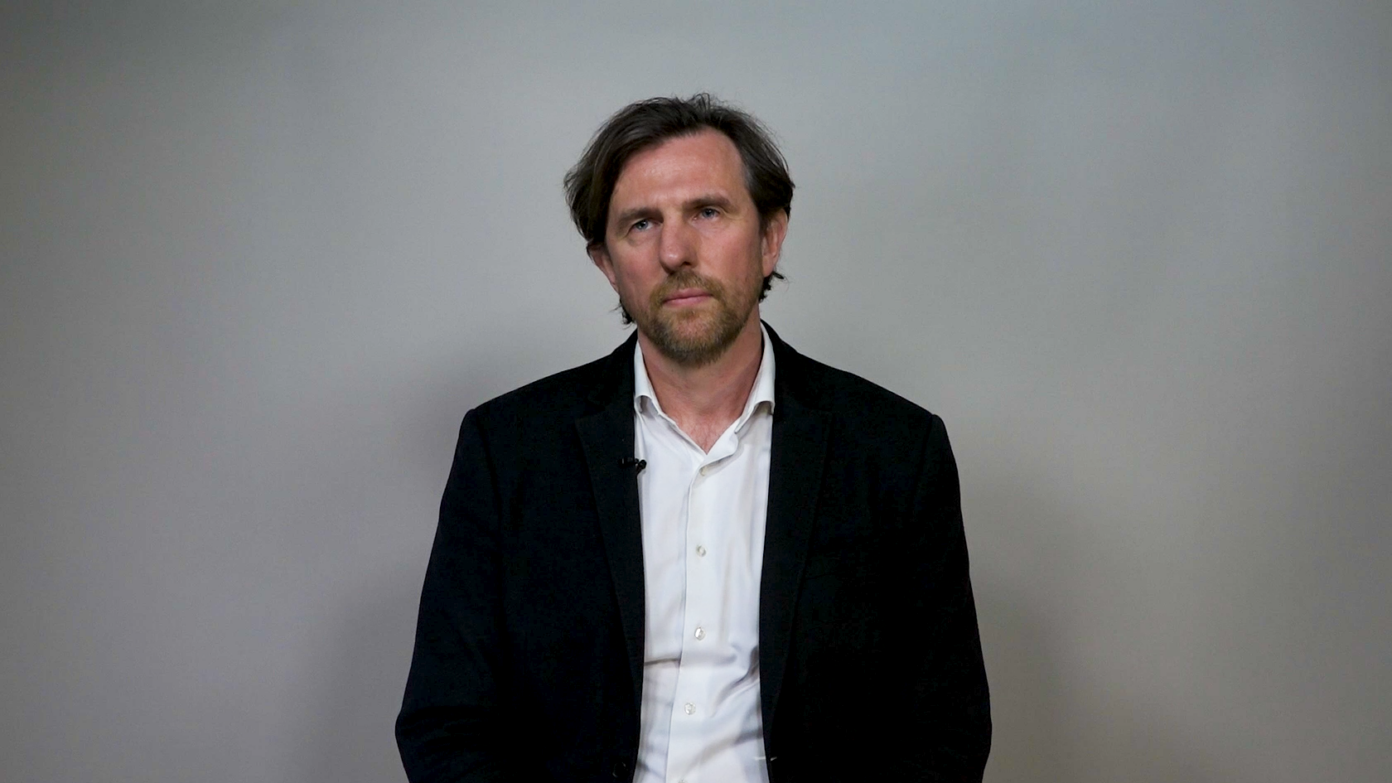Aerotropolis: Future City Infrastructure

- Publish On 11 January 2017
- Greg Lindsay
Greg Lindsay explores the financialization of urban planning since the beginning of the twenty-first century, which is normalizing architecture and has driven him to take interest in the informal forms of urban growth. Running counter to the new, overly technological, urban utopias, he feels that our future resides in what calls “smart slums”, an intermediate form composed of informal and negotiated spaces. Thanks to digital technologies, they are made porous and adaptable in a dynamic process which enables them to maintain the intensity that is the real source of wealth in cities. Considering that the form of cities is shaped by transportation, he also delves into the concept of the “aerotropolis”: new cities shaped by and created for air transport, which he describes as the embodiment of globalization.
Greg Lindsay is an essayist, journalist and urban planner.
Stream : We are exploring today’s global urban condition, and we would like your opinion on the major changes in urbanism since the 2000s.
Greg Lindsay : I guess I would start with my personal experience. I moved to New York in 1999 and have mostly lived in Michael Bloomberg’s New York since then. The entire notion of the “triumph of the city” is predicated upon a city like New York—the great global cities of finance, professional services, consumption, and the creative class, of which there are maybe a dozen. The skyscrapers meant to create density are being replaced by needle-like condo towers along 57th Street built for the express purpose of exchanging rubles and riyals into dollars. Someone once referred to Qatar as a London property holding group formerly known for being a nation, which isn’t far from the truth.
I also think a lot about informal settlements, which are the true urban form of this century—or at least its first half, when the world’s urban population looks set to double, and urban land cover will triple. Not all slums are hopeless cases, and the solution to slums isn’t to wipe them clean, but to upgrade them. Understanding the dynamics of a successful slum and how to replicate them is ultimately more important, and more applicable, than aspiring to be one of the shining, financialized cities on the hill.
The plane and the city
Stream : In recent years you’ve worked on the concept of the “aerotropolis.” Could you explain why ?
Greg Lindsay : I was drawn to the idea because transportation is what shapes the form of cities. The Italian physicist Cesare Marchetti looked at the growth of Athens and Berlin over time, and understood that it was our ability to move—and to move quickly—that defined the scope of these cities. He proposed that humans aren’t bound by distance, but by time—thirty minutes from the core to the fringe, and thirty minutes to return—what has since been called Marchetti’s constant. All urban development is transit-oriented development. Amsterdam is a city of canals arrayed around its seventeenth-century docks, while midtown New York sprang into existence around Grand Central Terminal thanks to the efforts of the New York Central railroad, which controlled the development rights. The skyscraper was invented in Chicago across the street from the Illinois Central rail yards.

I reasoned that if this trend continued, sooner or later air travel—the only form of transportation to operate on a global scale in anything close to real-time—would start spawning its own form of urbanism: the “aerotropolis.” What started as accidental sprawl morphed into galactic-sized urban agglomerations around airports like Dubai’s. And now globalization’s have-nots are building them from scratch.
Dubai, for example, doesn’t exist in current form without the Emirates airline, and by extension, the airport(s). Rather than proving that the world is flat—whatever that actually means—the steady, but uneven growth in air travel over the last few decades underscores the fact that there are only a handful of supremely important hubs and many more spokes.
I like to say that the aerotropolis is globalization made flesh in the form of cities—the physical conduits through which people, goods, and capital flow. McKinsey just published a study claiming only six cities straddle the major flows—Dubai, London, Hong Kong, New York, Singapore, and Tokyo. Three are essentially city-states; all are major air hubs. Dubai is building Expo 2020 around its new airport, while Apple and Foxconn have moved iPhone production from the coast to Zhengzhou, an inland city massively expanding its airport. Strange economic geography produces even stranger urban forms, like the Delhi-Mumbai Industrial Corridor, where India’s new prime minister would like to build a dozen new cities from scratch, complete with seven international airports—India’s attempt to build a globally competitive manufacturing hub overnight. Or Songdo International Business District in South Korea—a smart city built on landfill in the Yellow Sea, only fifteen minutes from Seoul’s airport via one of the world’s longest bridges. It’s the incarnation of Korea’s promises to open its economy to Western investment after the Asian financial crisis of 1997–1998; it was designed as the city in which foreign multinationals and their English-speaking workforce would locate. Live on the edge of nowhere to fly anywhere across Northeast Asia, or so the sales pitch went.
City as a Service
Stream : The idea of the smart city also challenges the role of technology. How does it change our relationship with space and time in the urban space?
Greg Lindsay : It does, and that’s why I’m interested in the office, because workspace will be one of the first things transformed by the combination of the city, the smart phone, and social networks. For years there was the assertion, made by Marshall McLuhan and repeated by George Gilder, that communication technologies would kill the city. We would scatter to the countryside and commune only via telepresence. Of course, the opposite has been true. If the car was the centrifugal force propelling outward from cities, the countervailing centripetal one is the information being overlaid on top of cities, increasing our ability to see them, use them, and also to find each other.
Cities are social networks compressed in space and time, and when you add networks on top of them—discoverable via mobile phone—the combination is tremendously powerful, as we’ve seen in Cairo’s Tahrir Square, Istanbul’s Taksim Gezi Park, and even New York’s Zucotti Park during Occupy. Dan Hill calls it “piazza plus social media.” If it’s true, as Google insists, that our phones have replaced our cars as symbolic extensions of ourselves, then we will want to flock to the environments where information density is at its highest and most accessible, which happens to be dense, walkable cities. Just follow the proximity-based hookup apps—Grindr and Tinder are at their best in cities.
The reason I find the office interesting is because of what the looming death of the office has to say about cities and slums. I mentioned understanding successful slums earlier. The Mumbai-based architecture collective CRIT has argued that what makes cities and slums successful is their degree of “blur,” i.e. their permeability between public and private space. The office represents private space at its most brittle, expensive, and isolated. Slums have a high degree of blur but are starved of public recognition and resources. It’s what lies between that is the most powerful, and CRIT found Jane Jacobs was right when she said, “new ideas require old buildings.”
The future of creative work doesn’t lie in the office, but in more permeable, more intense, less formal spaces. If Internet-driven workflows mean I no longer have to sit next to someone to work with them, the question then becomes: who should I be sitting next to? And where? Our phones can help with that too. Imagine Airbnb moves into office space and merges with LinkedIn—don’t laugh, they have a powerful investor in common—suddenly, the entire city is your office. Instead of software-as-a-service, you have the city-as-a-service.
Of course, in that case, the danger is Airbnb or whoever taking a 10 percent cut of every interaction forever. If Uber is serious about creating the only “digital mesh” cities ever need, then they’re a utility and should be regulated as such—or cities should start their own. These are public goods, and should be treated that way—not that they will.
Stream : It’s all about relationships.
Greg Lindsay : Yes, cities are all about mapping our relationships onto physical space. What’s different this time is that we now have dowsing rods in our pockets that render these relationships increasingly visible. And once they are, you can analyze them and act on them. Formerly illegible relationships are becoming searchable and negotiable. The entire “sharing economy” is really a slum economy writ large: everything is an asset; everyone is an informal laborer.
Stream : In opposition to the idea of a smart city like Songdo, we are looking at Rio de Janeiro, with its slums, and a more metabolic, informal urbanism.
Greg Lindsay :Yes, but Rio is also the city where IBM built a special control room for the mayor, complete with technicians in white jumpsuits, like a James Bond villain’s lair. What started as a weather prediction system slowly morphed into an operations center where the mayor could bring all of his department heads literally under one roof, consolidating executive authority without having to vote on it. Technology almost imperceptibly changed Rio’s governance model—IBM’s hardware literally rewired it. What will it be used for next? Inevitably, its surveillance capabilities will be turned to favela pacification, if they haven’t already.
The next frontier after that is mapping. Just as there are conflicting mental maps, there will soon be incompatible technological maps, courtesy of Google’s personalization. Have you read The City and the City by China Miéville? The idea is that there are two cities occupying the same space, but the citizens of each are conditioned to only see one. Being “in breach” of their separate realities is a capital crime. It’s a metaphor for the divides within every city, whether along class or racial lines, and another very real danger of these technologies is that they will be hard-coded into how we see the world. What good does it do someone to have the entire city at their service if they’re denied access? Or—more banal, but almost worse—are only granted access to the free tiers of reality, with the best parks limited to premium access?
Detroit or economic cannibalism
Stream : Do you think Detroit is becoming an aerotropolis?
Greg Lindsay : They would like to be. What’s interesting about Detroit—among many, many other things—is how it vividly illustrates the widening gap between economic geography and political geography. The airport authority, multiple suburbs, and several counties would very much like for Detroit’s airport to become the center of an aerotropolis, creating a new urban growth separate from the core. On the opposite side of the city, multiple counties are actively preying on the city’s employers, trying to lure them to the suburbs. Someone called it “economic cannibalism,” and they’re right. Metropolitan Detroit is trying to eat itself.
What bothers me about “Detroit” is that there are really three Detroits. There is the symbolic city of the Detroit Three (formerly the Big Three until, you know, Toyota); the municipality of Detroit, which is bankrupt and shedding residents by the day; and metro Detroit, which is five million people and still growing, at least in terms of sprawl if not people. The problem with the “shrinking city” paradigm endorsed for Detroit and other struggling cities is that the suburban fringe isn’t about to start shrinking. The city needs to start growing again—it needs to reverse the vicious circle it’s caught in.
This is a city that is 82 percent black, where 60 percent of residents live in poverty, and where there is one job for every four residents. It is bankrupt. The city is turning off streetlights and threatening to cut off water to 3,000 residents per week, because half its customers are delinquent. There are 78,000 abandoned homes, 42,000 of which are in foreclosure. Those houses are empty, but they represent a tremendous resource—there’s a reason the city has started recycling them, rather than just demolishing them.
So, what if we took that a step further? What if we ignored the fact those abandoned homes have owners or are in foreclosure? What if homeless locals and new arrivals were to occupy them, retrofit them, and turn them into something completely new? What if a possible solution to some of what is ailing Detroit is to create more of the blur CRIT saw in Mumbai? Can we recreate the energies found in that city’s slums—where they have vastly fewer resources—in a place like Detroit? And can we recreate new paths to home ownership for urban homesteaders, new forms of zoning for local manufacturers, and new immigration policies to help resettle Detroit with entrepreneurs? That’s our plan at the World Policy Institute, anyway. My partner Kavitha Rajagopalan and I call it the Emergent Cities Project.
Stream : Basically, you are promoting a dose of informality over planning?
Greg Lindsay : A strong dose! Studying instant cities like Songdo so closely has driven me in the opposite direction—what emerges when you remove all constraints? But, in many ways they’re just flipsides of the same problem. Songdo is a city originally financed by Lehman Brothers and designed to be a spirit catcher for foreign direct investment. My worry about what we’re advocating for Detroit is that it will be taken as an excuse to further starve residents of resources in the name of “innovation.” David Harvey has a saying, something along the lines of “It is easier to imagine the end of the world than the end of capitalism.” It is even easier to imagine the end of Detroit.
(This article was published in Stream 03 in 2014.)

